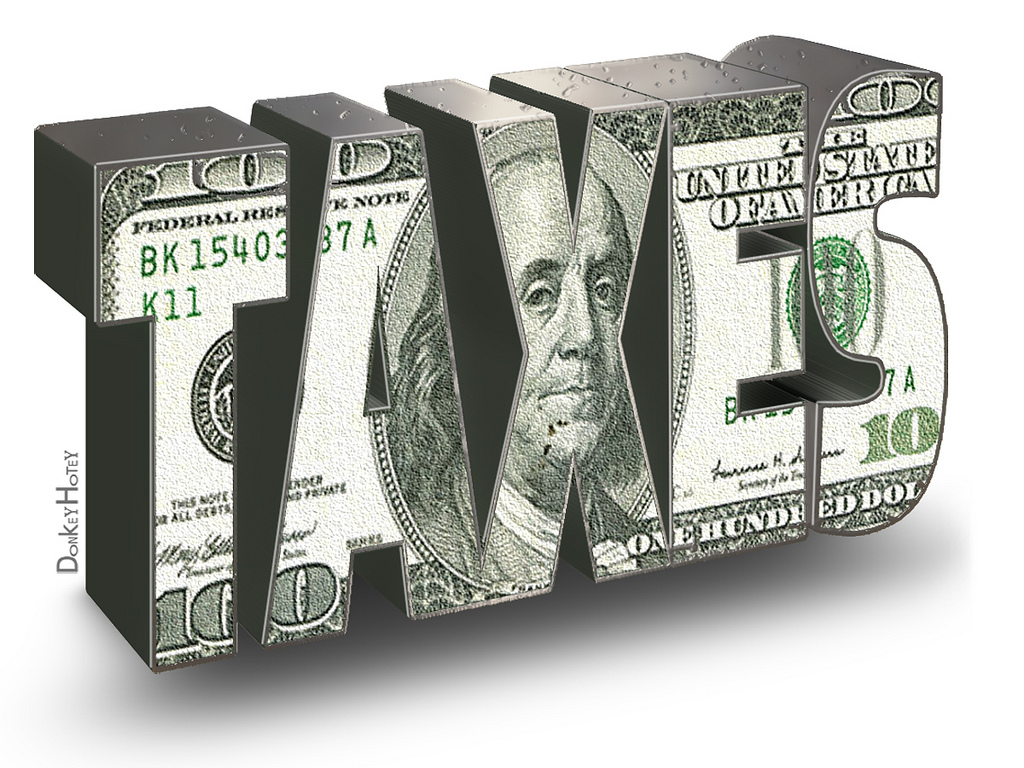Changes to New York State’s School Tax Relief program, known as STAR, could cost homeowners some of their benefit—even 100 percent of their benefit, depending on the taxpayer’s income level.
The changes came with the recently passed state budget. While homeowners who purchased their properties in the past few years are unaffected, those who have been homeowners for longer and have enjoyed a lower property tax bill will have to make a switch to maximize their tax relief.
STAR, which first became law in 1997, exempts the first $30,000 of a primary home’s value from school district taxes. Homeowners receive a lower property tax bill, and school districts get a check from the state to make up the difference.
However, for homeowners who purchased their residences after August 1, 2015, it works differently. Rather than receiving an exemption, they get a tax credit. They pay the full property tax bill up front—then receive a rebate check from the state later.
State Assemb. Fred Thiele Jr. (I-Sag Harbor) offered this analogy: It’s like the difference between using a coupon at the grocery store and sending for a manufacturer’s rebate in the mail. The savings for the customer is exactly the same, but in the second scenario the customer had to front the money and then wait to get it back.
Under Gov. Andrew Cuomo’s new state budget, homeowners who currently receive a STAR exemption will continue to do so as long as their annual household income is less than $250,000—but their benefit will be frozen. In order to receive annual increases of about 2 percent, these STAR recipients will have to change from the tax exemption to a tax credit.
Those with incomes between $250,000 and $500,000 must switch to the credit, or they will lose their entire benefit. Those with incomes of more than $500,000 are ineligible for STAR.
“The STAR program, as it was originally constituted, worked extremely well and was probably one of the most popular programs that the State of New York has ever implemented,” Thiele said. “It wasn’t broken, and there was no need to fix it. And the governor tinkered with it. And the reason why he tinkered with it: It’s, pure and simple, a budget gimmick.”
Thiele explained that the change from a tax exemption to a tax credit has to do with accounting. As a tax exemption, in which the state sends money to school districts, STAR is on the expenditure side of the state budget. But as a tax credit, in which the state refunds money to taxpayers, STAR instead is accounted for on the revenue side.
“It’s going to reduce our revenue, but it’s not an expenditure,” the assemblyman said. “If you look at any ledger, on one side is your income and on the other side are your expenses. Basically, instead of being an increase in our expenditures … it’s a reduction in our income.”
The reason for the move has to do with the governor’s 2 percent cap on tax levy increases, according to Thiele. The governor has self-imposed a 2 percent limit on state budget increases.
“It’s not in the constitution. It’s not statutory,” Thiele noted. “Simply, the governor has said every year, there’s a 2 percent limit on property taxes for local governments and school districts, so we’re not going to increase spending on our side by more than 2 percent.”
To meet that limit, the governor is moving STAR to the other side of the ledger, which gives him more room on the expenditure side of the budget.
Thiele added that he also expects that some taxpayers will not make the switch to the credit, which will save the state money.
“If you make people affirmatively have to file for something, there is going to be a certain percentage who don’t,” he said.
And how many fail to take action will depend on how effective lawmakers are at getting the word out to their constituents, according to Thiele.
Those with incomes under $250,000 who are presently receiving the exemption may choose to keep receiving their STAR savings up front rather than getting a check later. But Thiele pointed out that while the 2 percent or so annual increase that they will be giving up may be a relatively small amount in one year, it does compound over time for homeowners who stay put for many years: “That’s going to result in some real money.”
Thiele said the Assembly and the Senate have rejected these changes in one-house budget bills, but the governor has the leverage in the budget process under the State Constitution and was able to institute this change.
“But I’m not happy about it,” Thiele said. “I think it’s a change that wasn’t necessary, that doesn’t make the program better. It makes the program more cumbersome and makes people pay money up front and makes them have to go to the state to get it back.”
STAR is particularly popular on Long Island.
“If you look at the numbers statewide, probably no area of the state benefits more from this program than Long Island and Westchester County, the Lower Hudson Valley,” Thiele said. “Those are the areas where property taxes are the highest and the STAR benefits are the greatest.”
Enhanced STAR, for homeowners age 65 and older, offers more tax relief, though the household income cap for eligibility is much lower: $86,300 for 2019 and $88,050 for 2020.
In order to register for the STAR tax credit, homeowners need to have the names and Social Security numbers of all owners of the property and their spouses; the primary residence of the owners and spouses; the approximate date of purchase and the name of the sellers; a 2018 school tax bill; addresses of residential properties owned in other states; the legal name of the trust, if applicable; and 2017 federal or state income tax returns for all owners.
To register, visit tax.ny.gov/pit/property/star/default.htm.
This article first appeared in The Southampton Press



























